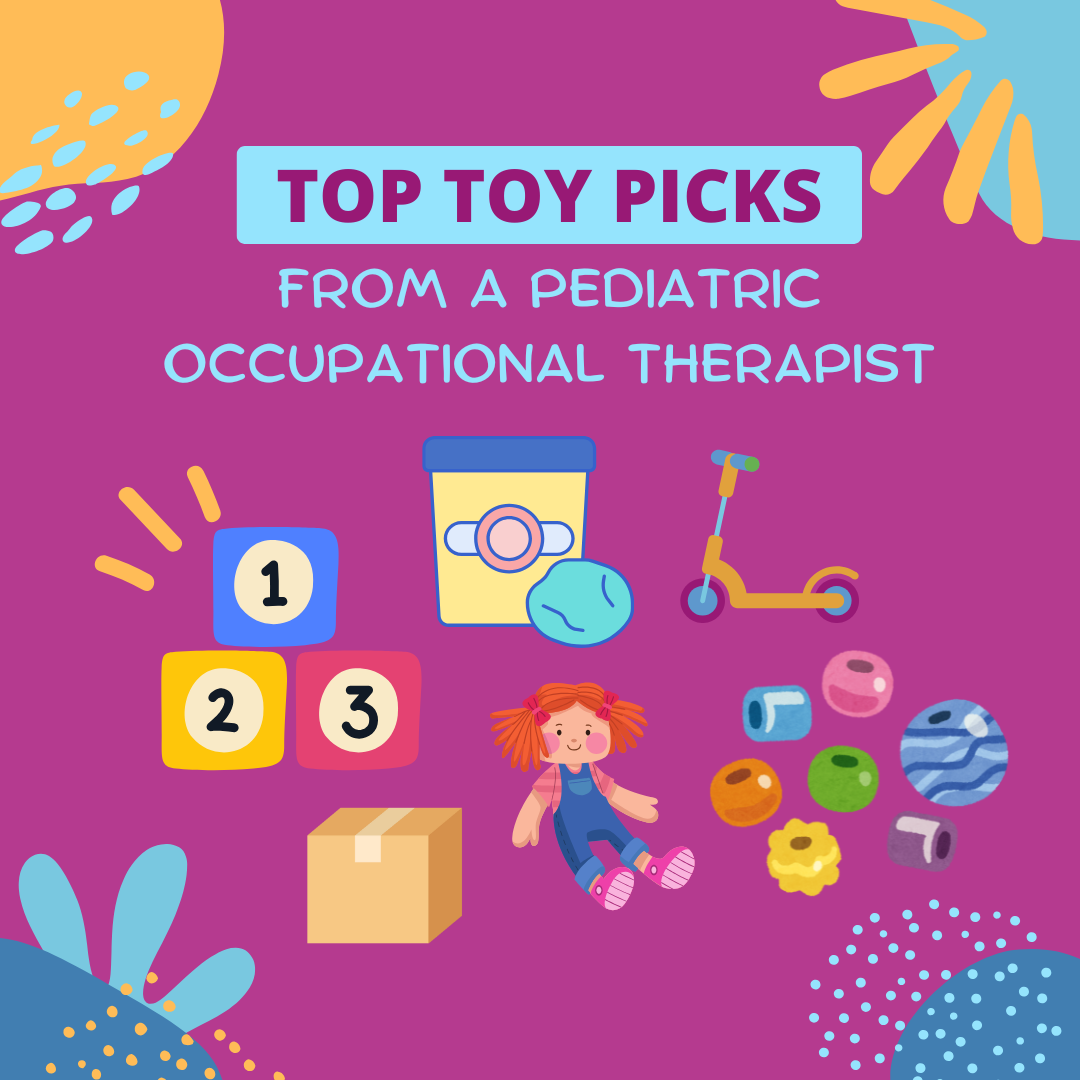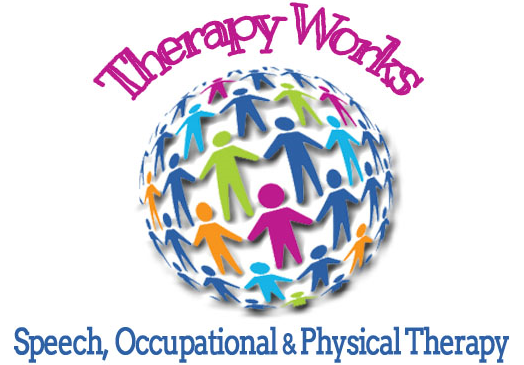How Can Teletherapy Help My Child?
How Can Teletherapy Help My Child?
Answers to Common Questions
Teletherapy is an increasingly popular and effective way to deliver pediatric therapy services. Whether your child is receiving speech, occupational, or physical therapy, teletherapy offers a flexible and convenient alternative to in-person sessions. Many families may still have questions about how this model works and whether it can truly benefit their child.
At WBT Therapy Works, Inc., we’ve embraced teletherapy as a way to continue providing high-quality services to children, even during challenging times like the 2020 pandemic. Since then, we've seen firsthand how this innovative approach has helped children thrive, meet their therapy goals, and make progress in a safe, familiar environment.
To help you better understand how teletherapy works and how it can help your child, we’ve answered some of the most frequently asked questions:
Is teletherapy as effective as in-person therapy?
Yes! Studies have shown that children can make consistent progress in therapy, whether it's delivered in person or through teletherapy. For instance, research on teletherapy-based parent training for children with Autism demonstrated significant improvements in both parents’ ability to apply therapeutic strategies and in the children’s language skills. Both direct interventions and parent coaching via teletherapy have proven to be highly effective.
What kinds of activities can we do during teletherapy?
Teletherapy allows for the same engaging activities as in-person therapy! Your child can participate in reading books, playing interactive games, doing arts and crafts, and more—all while connected through a screen. Therapists can also use virtual backgrounds to create fun and immersive environments, making the therapy experience more engaging and dynamic.
What if my child can't sit at the computer?
That’s perfectly okay! Some children find it challenging to focus on-screen for long periods. If your child prefers more hands-on activities, we can work with a parent coaching model, where you play an active role in supporting your child during the session. This approach not only keeps your child engaged but also empowers you to reinforce therapy strategies throughout the week.
What are the technical requirements for teletherapy?
To participate in teletherapy, you'll need:
- A device with a webcam and microphone (computer or tablet)
- A reliable internet connection
- A quiet, comfortable space where your child can focus and engage in the session
How can we ensure a successful teletherapy session?
Clear communication is the key to success. Collaborating with your therapist to discuss your child's specific needs, preferred activities, and any necessary materials ensures the session runs smoothly. Be sure to reach out with any questions or concerns before the session to make sure everyone is prepared.
Observed Benefits of Teletherapy
Parents and therapists alike have noticed numerous advantages of teletherapy, including:
- Convenience and Flexibility
- No travel time, no worries about weather or transportation. Sessions happen in the comfort of your own home, which can be especially helpful for busy families.
- Increased Access to Real-Life Environments
- Therapists can observe and utilize your child’s home environment—such as stairs, personal toys, and daily living items—making therapy even more relevant to their everyday life.
- Enhanced Parent Involvement
- Teletherapy gives parents a front-row seat to therapy sessions, allowing them to see and practice strategies that help with carryover. This increases the likelihood of success and helps reinforce skills outside of therapy.
Teletherapy has proven to be a highly effective model for helping children reach their therapy goals. At WBT Therapy Works, Inc., we’re committed to supporting your child’s growth and success through this innovative service. We’re excited about the progress we’ve seen and look forward to continuing to deliver exceptional care through teletherapy.
If you have any additional questions or concerns, don’t hesitate to reach out to your child’s therapist or our office.
Thank you for choosing WBT Therapy Works, Inc., where we are dedicated to Developing Skills & Enhancing Lives!
References for Teletherapy in Pediatric Therapy:
Kuhn, M., & Alvarado, C. (2021). Telehealth and teletherapy for children: A review of the literature. Journal of Pediatric Rehabilitation Medicine, 14(1), 49-58.
Tucker, C. A., & Roberts, R. L. (2020). Telehealth services for children with special healthcare needs: A systematic review of outcomes. Journal of Telemedicine and Telecare, 26(1-2), 3-12.
Mello, R., Emslie, C., & Johnson, A. (2020). Parent-implemented teletherapy for children with autism: Improving fidelity and language outcomes. Journal of Autism and Developmental Disorders, 50(10), 3420-3431.
Ghinassi, F., Repetto, C., & Mazzoni, E. (2021). Teletherapy for children with developmental disorders: A review of effectiveness and feasibility. Developmental Neurorehabilitation, 24(1), 21-30.
American Speech-Language-Hearing Association (ASHA). (2020). Telepractice in speech-language pathology. Retrieved from https://www.asha.org/
The National Center for Special Education in Charter Schools (NCSECS). (2021). Teletherapy: A resource guide for families and professionals. Retrieved from https://www.ncsecs.org/
Therapy Works Blog


Get Registered for our Patient Portal
Peach State Health Plan
Amerigroup
CareSource
Anthem Blue Cross Blue Shield
Aetna
Friday - 8:30 am to 3:00 pm





